Part 1 – Juggling
The obvious silence on this blog is a reflection of what’s been going on in my life since Covid-19 hit the world. With some of my family impacted and (by the grace of god) recovered, I finally had a realization that it’s time to get back to an intentional life.
For the last two month’s I’ve been on autopilot. Executing all my responsibilities impeccably, but doing no more. Covid-19 and the stress associated with it has triggered (for most of us), what I would like to call a loss aversion based ‘growth hibernation’.
We are afraid of loosing things, so we do everything in our power, to do what is expected of us at work, and we ignore our personal life and growth. When you are low on the Maslow’s hierarchy of need, where the basic safety of your loved ones and your own safety is challenged, you don’t think of ‘growing’ professionally or doing something ‘interesting’ in your free time.
Last month, after finishing my work and binge-watching depressing news for over four hours late in the evening, I had a realization that I was drifting away from intentionality into helplessness. Frustrated, I turned to the ancient Hindu and Stoic concept of only focusing on things that you can control and not getting depressed about anything you cannot.
To get back to intentionality, I looked at my old logs of things I always wanted to learn. I randomly picked one item from the list; which happened to be juggling. And that’s how it was decide that I was going to learn juggling during this lockdown.
I had tried juggling before when I was younger and had never succeeded with it. Never reached a point where I could even do basic juggling with three balls.
So I decided to get off the couch and give juggling one more sincere shot. This was going to be a proactive hobby to keep me occupied in these dark times, especially when I am not working and my mind is free.
So I go out and grab three simple sponge balls which cost me less than a couple of dollars. There is a lockdown where I live so ordering juggling balls online will take days; so that’s not an option and that’s actually a good thing because that forces me to start with simpler options.

Like I said, I’ve tried juggling before and failed at it. So this time I decide to take it step by step. I look up a bunch of YouTube videos on how to juggle and realize that like any art form, juggling can be broken down into simple basic fundamental steps which are actually not that hard to learn, practice and even master when you break them down and focus on them individually.
This by the way is true with most art forms. When you look at the final output it looks daunting and intimidating. But break it down into small fundamental steps and practice those steps individually long enough and very soon you realize that the output that looked so hard to generate isn’t all that hard after all.
Juggling, as it turns out, is more about throwing than it is about catching. The foundational steps of learning how to juggle a three ball cascade (which is one of the most common juggling style with three balls) is all nicely documented here.
It’s just three basic steps. You learn how to throw and catch a single ball so efficiently that it becomes second nature to you. Then you do the same with two balls. And then the hardest part is you let go and do the same with three balls one time. Once you’re here, you’ve won half the battle because now you just focus on increasing your repetitions from two to six to ten to twenty.
I was able to efficiently juggle a three ball cascade 40+ times non-stop, in less a week. Since then I’ve continued practicing. I’m not a juggler, but I can now impress friends and family with a juggling trick and pull it off rather confidently. The only reason why a lot of people try juggling and don’t succeed at it, is that they are trying to learn way too much in one shot. And then giving up way too soon because they come to a conclusion that it’s hard.
Like any other thing, learning the art of juggling can be summed up in the following steps:
1. Start low-key:
Don’t go around buying expensive juggling balls. Roll up a pair of fresh SOX or buy the cheapest balls that you can get your hands on and start. The same is true for piano, drawing, running or anything else you want to start out with. You don’t need the most expensive instrument, painting brush or running shoes. The key is to start, with the crudest simplest instruments you can lay your hands on and see how serious and consistent you are about learning the art.
2. Remove the Resistance
I kept the balls on my study table or bed. So if I had a few minutes free during a meeting I was juggling. If I had a five minute break from studying late evening I was juggling. If I was going for a nap, I would spend a couple of minutes juggling and when I woke up I would again spend a few minutes juggling.
I didn’t have to look for the juggling balls. I didn’t have to find time or even prepare to juggle. Again, something that is true for any art form. If you want to draw leave a pencil and drawing paper right on your desk and draw during any free time that you get. We don’t learn art by chopping out hours of focused time for learning new hobbies. Trying to do that, often results in excuses like, “I’m so busy”, “I don’t have the time”, “this is not my profession, so why learn this at all?” or “this isn’t going to help me in my life”. Learning an art form is a game of inches and the inches we need are all around us. We learn new art forms by clawing for that inch. And to do that it’s important you remove any resistance in practicing that art form.
3. Break It Down In Smaller Basic Steps
I’m not an artist but if you give me long enough and some basic tools and a picture of my wife on an android phone, I can draw my wife’s face good enough that anyone can recognize her from the face. Is it because I am good at drawing? No! I’ve just learned that a face includes basic structures like the eyes, nose, eyebrows, lips, chin and if you can break the anatomy of a face down into small simpler to understand objects that you can practice, drawing a face isn’t suddenly all that hard.
Juggling is exactly the same. Tossing one ball in the air and catching it isn’t hard. Boring? Maybe. Monotonous? Sure. But tossing one ball in the air and catch it is not hard. Neither is two balls. And when you’ve done those two steps long enough to make it second nature to you, adding a third ball into the equation isn’t exactly all that difficult for your brain.
Most people fail with drawing because they find drawing simple lines and circles boring. Most people fail with juggling because they find tossing a single ball in the air and catching, and then repeating that for minutes, monotonous and boring.
As Ray, the famous fictional character of uptown girls puts it: “Fundamentals, are the building blocks of fun”. Most of art (and even science) is about breaking something complex into its fundamental steps and then analyzing it and / or practicing it over and over.
4. Enjoy The Failures.
The most frustrating thing about compiling code is that it doesn’t do what you want it to. The most frustrating thing about drawing is that you end up drawing something so far away from reality, or from what you imagined that you feel ashamed of yourself.
The most frustrating thing about juggling is that when you start out the balls will fall all over the place. You have to bend, run around them and pick them up. There is a reason why juggling balls aren’t designed to bounce. I learned that the hard way after spending way too much time and effort chasing sponge balls (that do bounce) all over my bed room and living room. It was down right frustrating; so I started juggling right next to my bed. While these failures do cause frustration and are why most people quit hobbies and art forms, the kick you get when the graph of these failures starts falling is what makes the hobby worth it.
5. Believe The Process
I am not talking about the self-help pep talk based ‘believe you can do it’ style of belief. The belief I am talking about is a subtle belief in the process. You can see someone who juggles expertly, showing you the process of how he / she learned to juggle. The process is pretty straight forward and demands your time and effort. Trusting that the path you are taking will eventually lead you there is hard in artistic endeavors, but it’s the only option you have.
With juggling, I was able to juggle with one ball instinctively by spending some time. But spending minutes or hours just tossing one ball from one hand to another isn’t as easy as it seems. Not because it’s hard; but because it’s boring. You need a belief system and conviction that this step is one of the steps needed to eventually get you there. So you don’t try to cheat the system, skip the step or give up.
When I moved to two balls I wondered if that was enough and if I really need to juggle with three balls? When I moved to three balls, I often wondered if juggling with three balls a couple of times is fine, but would I ever be able to juggle for minutes without having to stop? Was juggling three balls a couple of times enough? Had I learned enough to now stop torturing myself and give up this hobby?
This was not going to be my profession or career, so why go beyond tossing three balls a couple of times? I could still show off that I can juggle without having to put in the extra hours. The reason behind that self-doubt was my lack of trust in the process. Sure I had followed the process and reached a point where I could juggle three balls a couple of times, and there was no reason for me to doubt the process, but doubt is a monster that bites you the hardest when you least expect it to. So part of learning any artistic endeavor is to gently brush aside that doubt and continue with the process of learning and practice that you had laid out. Lay out the process of practice, and don’t have plans or deadlines.
6. Enjoy the Art Itself – No Love Or Passion Needed.
I am not a professional juggler and I have no intentions of becoming one. I won’t say I love juggling. But I was curious about learning how it works, and I do enjoy it. That ‘fun’ that you get out of any art form is the only reason why you should try out that art form. If you are doing it for the money, simply to impress others, to get a promotion or to get face time with people (I’ve seen people learn golf so that they can get some face time with the bosses), the practice may not eventually scale. But overall if you enjoy the art form – that’s good enough to keep that art form as a hobby for the rest of your life – a hobby that doesn’t make you a million dollars or doesn’t benefit you in any way, but simply brings you some joy and keeps your idle mind occupied and away from binge-watching depressing news seven hours a day. I don’t love juggling, I don’t even feel ‘passionately’ about juggling, but I am curious enough about it to learn it and enjoy it enough to keep practicing it. Passion and love are overrated after all.
Cornerstone Habits
The concept of corner stone habits is something I’ve known for a long time. It’s why people who pick up running often stop smoking. It’s why people who make their bed in the morning often get really productive during the day. The concepts of learning a new art form and the fundamentals of it are all the same. When you engage in the act of learning how to juggle, you aren’t exactly just learning juggling. Your mind is engaging in learning how to learn things. It’s why, last month I was not just able to juggle, but my overall productive time outside of work, shot up a bit, and my idle YouTube time came down drastically.
I’ve also started working out again and started learning how to touch type (which is another one of those things I’ve always wanted to do). Start one cornerstone habit and your brain gets wired to do more and learn more.
Hobbies Bring You Back On Track Of Intentionality.
We like to think of hobbies like these as trivial, but every time I fall off track in my life, it’s learning a new art form or hobby that often gets me back. Not because the hobby itself is something I love or am passionate about, but simply because, by engaging in learning the new hobby or art form, I am indulging my brain in the fundamentals of focus, dissecting and breaking down complex problems into smaller steps, repetitions, practice and learning how to learn. These are not just things you need to learn a new hobby but also the same skills you need to get your life back on track of intentionality.
This lock-down I learned how to juggle, I learned how to touch type, and now I’m moving on to other items in my bucket list of things that I always wanted to do. The lock down has been scary, depressing and yet, by the grace of god, my loved ones are healthy and safe, I’m alive and still able to learn new hobbies, art forms and skills and for that, I genuinely thank god.
Depending on which part of the world you live in, most of us are going to be indoors and locked out of normal life for another year at least. There is generally no certainty of anything around us, including life itself; and that fact has never been clearer to us than now. If your loved ones need your care and attention, focus your entire time on that. If you aren’t well, focus and spend time on your health.
But if you are not busy taking care of a loved one who is sick or aren’t sick yourself, taking out some time for learning new hobbies and art forms is something you should definitely try out, because learning is one thing that can at-least create an illusion of intentionality and control in uncertain and dark times like these. Learning something new is one of those things that heals me and I highly recommend you try it too.
Go pick a thing that you always wanted to learn and apply the above concepts to see if they help with learning a new skill or art form. I wish you good luck.
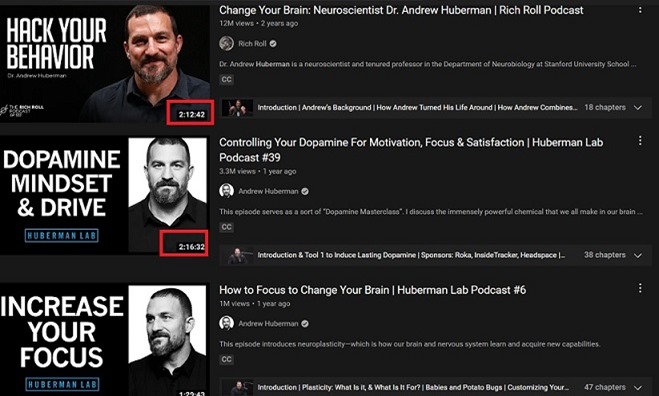
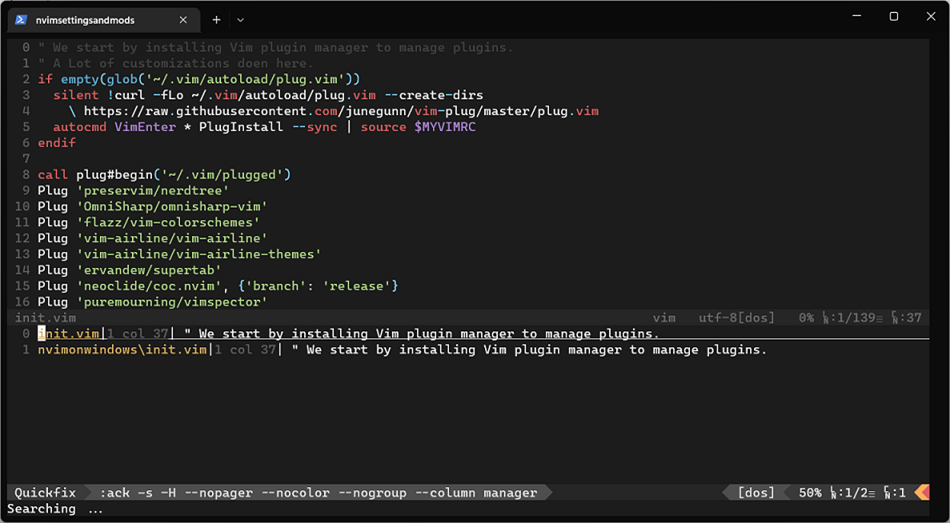


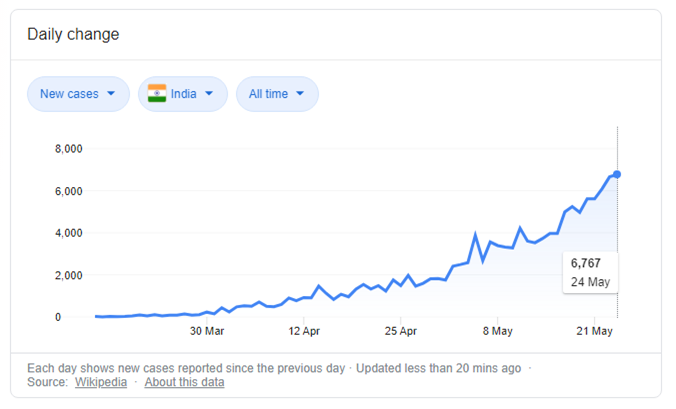
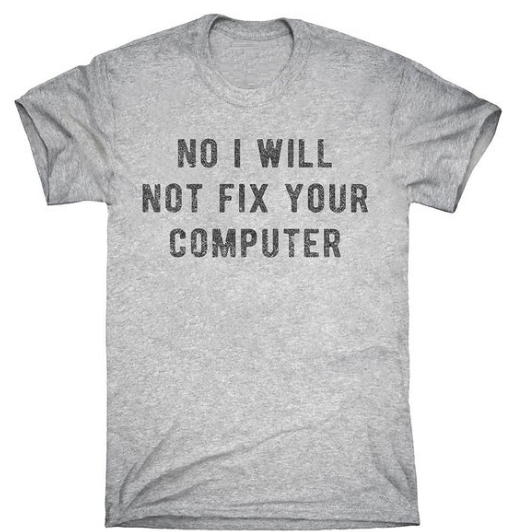
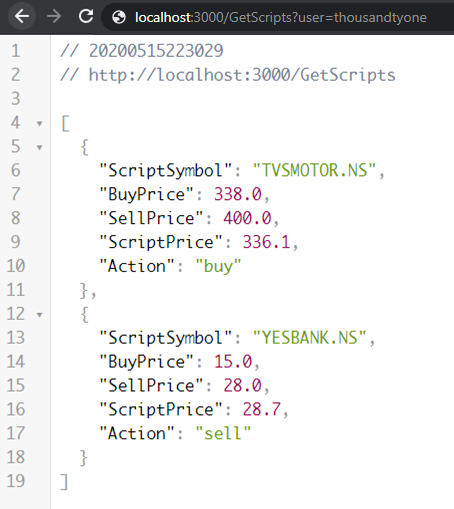
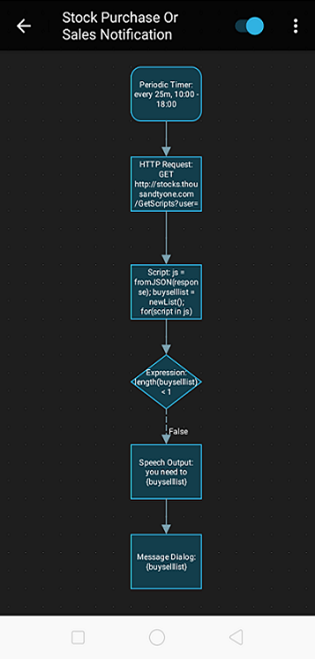
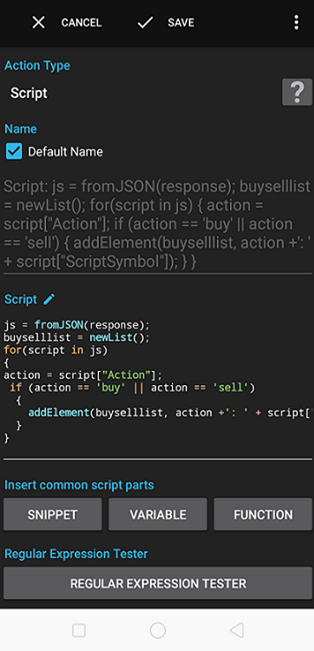
Comments are closed.